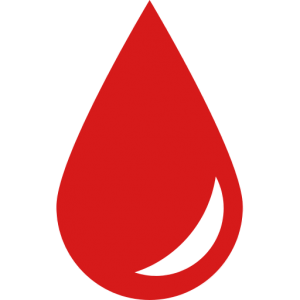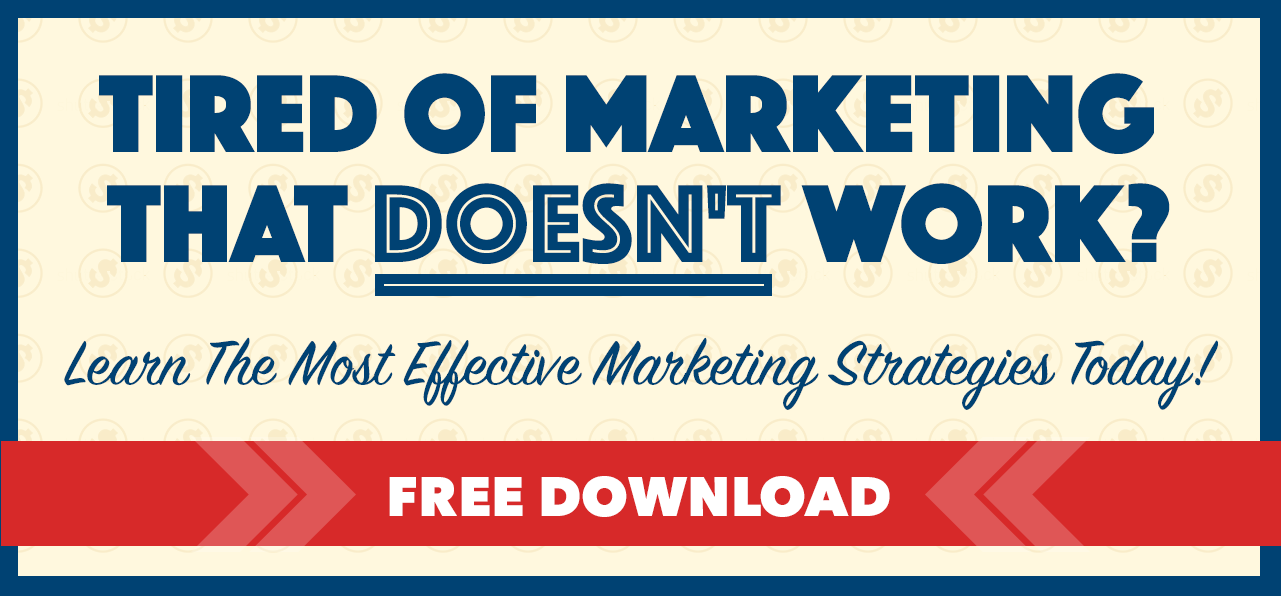Chances are, you wouldn’t spend months planning an elaborate wedding with fancy decorations, a rockin’ band, 3-tier cake and enough food to feed a village – and not invite any guests. Sounds a little senseless, right?
It would be like crafting a genius marketing campaign for your business, and not introducing it to a crowd of prospective clients. Again, pointless…
It doesn’t matter how good our marketing plans are built – if nobody sees them, they just aren’t going to be able to do what we need them to do.
Finding some awesome traffic sources is the solution to that dilemma.
Before we get started though…lets run through a quick definition of the term traffic to make sure we’re all on the same page.
Traffic is defined as: Any and all sources, both online and offline, that can be used to get YOUR MESSAGE in front of YOUR PERFECT CLIENT.
Here’s the thing that we need to get –
TRAFFIC IS THE LIFEBLOOD OF YOUR MARKETING FUNNEL

We talk about the marketing funnel all the time but if this is your first experience with it…let me give you a quick Reader’s Digest breakdown.
A marketing funnel is just a graphical representation of our visitor’s journey through our marketing process – from a Prospect, to a Lead and hopefully all the way to a Customer.
The funnel has three stages in it and each stage represents a phase of the relationship we have with our customer.
Stage 1 – Introduction and Awareness
Stage 2 – Evaluation
Stage 3 – Conversion
Right now, we’re talking about traffic and putting our message in front of our perfect customer, so we’re really focused on the top section – Stage 1 Introduction and Awareness.
There are literally thousands of different traffic sources that we could use here, but who’s got time for that? We’re all busy professionals, incapable to doing them ALL (and I know there’s probably some of you that have done this, right? Trying to be on all the social media channels – and you end up going nuts trying to keep up.) We don’t want that – what we really want to do is find a couple of really awesome traffic sources and focus our time and energy there.
SO WHAT MAKES AN AWESOME TRAFFIC SOURCE?
There are actually 2 criteria for great traffic sources.
#1. Appropriate
We need to find the traffic sources that get us in front of our perfect clients – obvious!
#2. Reproducible
We need that traffic source to be reproducible. Meaning that we can go out to this traffic source anytime we want and get more traffic.
It is #2, the reproducibility of the traffic that allows us to scale our customer acquisition up and down as need be. This is what gives us the first of two major WINS in this type of system – CONTROL.
Now that you know why it is vital to focus on traffic when building your marketing funnel, it is time to start testing which sources work best for attracting your perfect client.
NOW IT’S YOUR TURN
Use the comments section below and tell me what traffic sources have worked best for your business and why?










